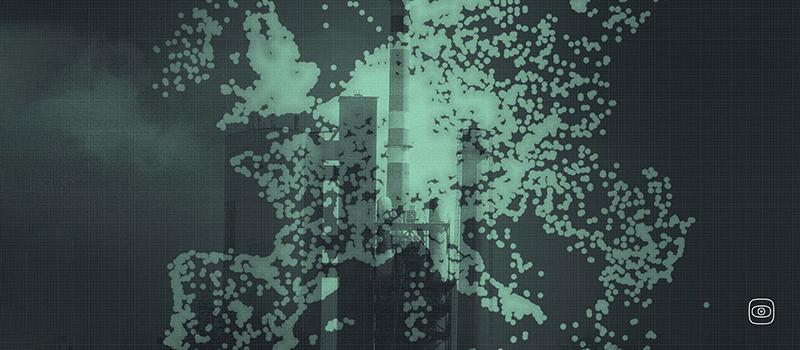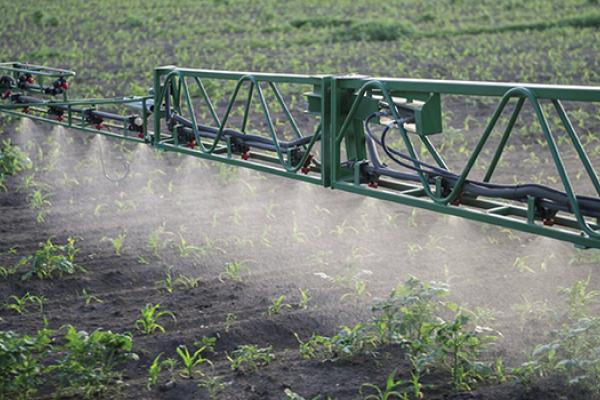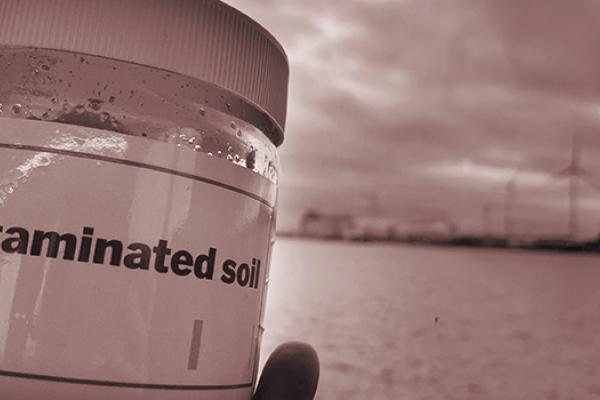In early February 2023, the European Chemicals Agency ECHA published a ban proposal on all PFAS – or per- and polyfluoroalkyl substances. “The Forever Pollution Project” can now reveal that there is way more contamination all over Europe than has been publicly known. The journalists gathered 100 datasets and filed dozens of FOIA requests to build a first-of-its-kind map of PFAS contamination in Europe.
The project shows that there are 20 manufacturing facilities and more than 2.300 sites in Europe that can be considered PFAS hotspots – places where contamination reaches levels considered to be hazardous to the health of people exposed to them. The problem: It’s extremely expensive to get rid of these chemicals, once they have found their way into the environment. The cost of remediation will likely reach the tens of billions of Euros. In several places, the authorities have already given up and decided to keep the toxic chemicals in the ground, because it’s not possible to clean them up.
Photo credit: Thomas Steffen - Le Monde
AWARDS
- SEJ 22nd Annual Awards for Reporting on the Environment,The Kevin Carmody Award for Outstanding Investigative Reporting, category 'Large market'. 2nd place.
- 3rd Finalist for the 2023 Daphne Caruana Galizia Prize for Journalism awarded by the European Parliament (13 October 2023).
- SZ/NDR/WDR was nominated at the German Reporter Award in the category Data Journalism (Germany), 1 November 2023.
- Leana Hosea and Rachel Salvidge (Watershed Investigations) were “Highly commended”, category Energy & Environment Journalism at the British Journalism Awards for their series of PFAS articles in The Guardian, December 2023.
- Stephane Horel, coordinator and one of the initiators of the Forever Pollution investigation, received for it the 2024 AJSPI Best Science Journalist Prize from The French Association of Science Journalists.
- The project has been nominated for IJ4EU 2024 Impact award.
IMPACT
The project has attracted the attention of key regulatory and scientific bodies in many European countries as well as internationally, and has had a large impact, including its findings being mentioned in the European Parliament's strategy for sustainability.
FURTHER DEVELOPMENT
Scientific paper
The team submitted a scientific paper version of the project to the major scientific journal Environmental Science & Technology which was subsequently published: PFAS Contamination in Europe: Generating Knowledge and Mapping Known and Likely Contamination with “Expert-Reviewed” Journalism.
Co-authors: Alissa Cordner, Phil Brown, Ian T. Cousins, Martin Scheringer, Luc Martinon, Gary Dagorn, Raphaëlle Aubert, Leana Hosea, Rachel Salvidge, Catharina Felke, Nadja Tausche, Daniel Drepper, Gianluca Liva, Ana Tudela, Antonio Delgado, Derrick Salvatore, Sarah Pilz, Stéphane Horel.
Abstract:
While the extent of environmental contamination by per- and polyfluoroalkyl substances (PFAS) has mobilized considerable efforts around the globe in recent years, little data were publicly available in Europe. In an unprecedented experiment of “expert-reviewed journalism” involving twenty-nine journalists and seven scientific advisers, the cross-border collaborative project, the “Forever Pollution Project” (FPP), drew both on scientific methods and investigative journalism techniques such as open-source intelligence (OSINT) and freedom of information (FOI) requests to map contamination across Europe, making public data that previously had existed as “unseen science.” The FPP identified 20,176 known contamination sites, including 20 PFAS manufacturing facilities, and 21,429 “presumptive contamination sites,” including 13,769 sites presumably contaminated with fluorinated aqueous film-forming foam (AFFF) discharge, 2,911 industrial facilities, and 4,787 sites related to PFAS-containing waste. Finally, the FPP identified 232 "known PFAS users," a new category for sites with intermediate level of evidence on PFAS use and considered likely to be contamination sources. However, the true extent of contamination in Europe remains significantly underestimated due a lack of comprehensive geolocation, sampling, and publicly available data. This model of knowledge production and dissemination offers lessons for researchers, policy makers, and journalists about cross-field collaborations and data transparency.








